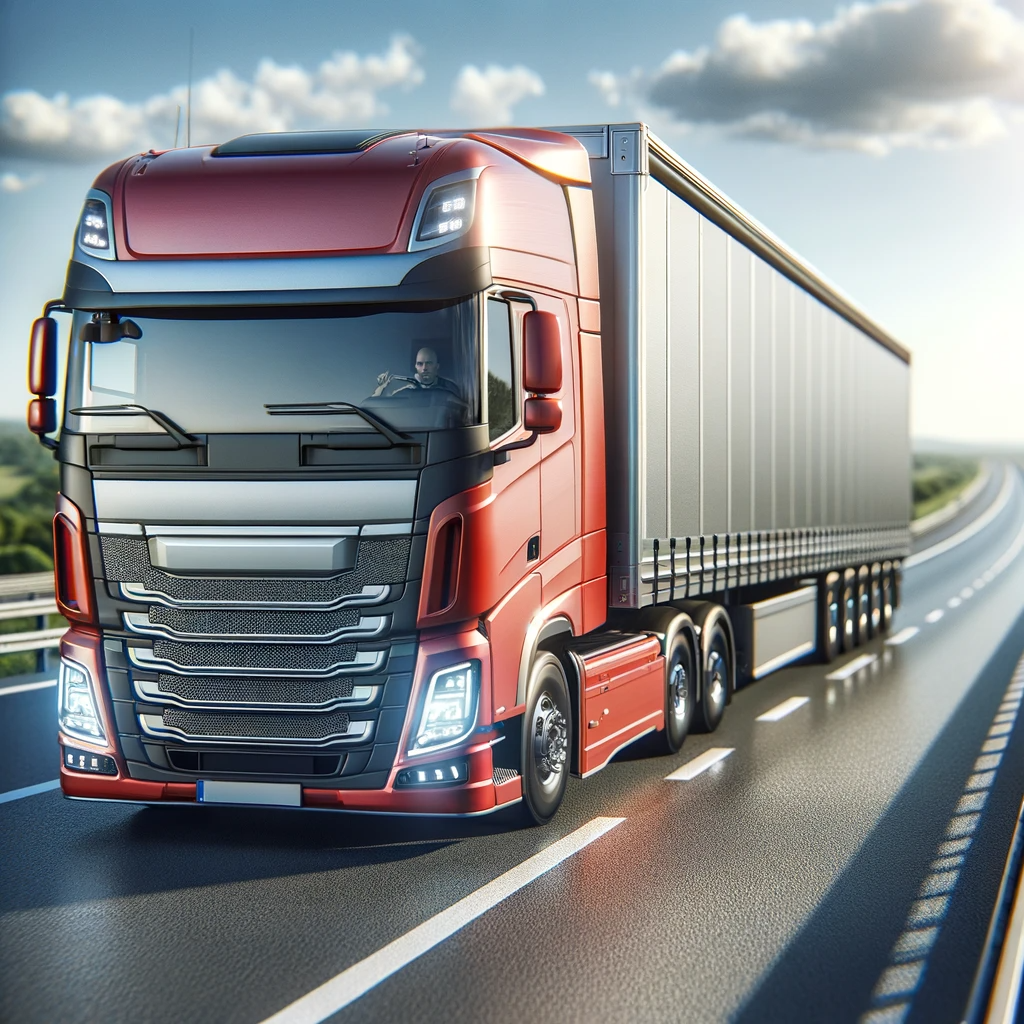Some commercial vehicles are not bound by the tachograph regulations. Here's the complete list, which may be longer than you think:
- Vehicles that are not used on public roads.
- Vehicles with a maximum authorised speed not exceeding 30kph (19.6mph).
- Vehicles used by the police, armed forces, fire brigades, civil defence, drainage or flood protection authorities, water, gas or electricity services, refuse collection, highway authorities, telephone or telegraph services, postal authorities for the carriage of mail, radio or television services, vehicles used by public authorities for public services, not in competition with professional road hauliers.
- Vehicles used in emergency and rescue operations.
- Specialised vehicles used for medical purposes.
- Vehicles used for transporting circus and fun fair equipment.
- Specialised breakdown vehicles.
- Vehicles undergoing road tests for technical development, repair or maintenance purposes.
- New or rebuilt vehicles which have not yet been put into service.
- Vehicles used for the non-commercial carriage of goods for personal use.
- Vehicles used for collecting milk from farms and returning to farms of milk containers or milk products used for animal feed.
- Vehicles used in the UK by agricultural, horticultural, forestry or fishery undertakings for the carriage of goods within a 50 km (31 mile) radius of base.
- Vehicles used for the carriage of animal waste or carcasses which are not intended for human consumption.
- Vehicles used for the carriage of live animals from farms to local markets and vice versa or from markets to local slaughterhouses.
- Specially fitted vehicles used as shops at local markets or for door-to-door selling.
- Specially fitted vehicles used for mobile banking, exchange or savings transactions; worship; lending books, records or cassettes; cultural events or exhibitions.
- Vehicles with a maximum permissible weight of not more than 7.5 tonnes used for the carriage of material or equipment for the driver’s use in the course of their work within a 50 km (31 miles) radius of the base, providing that the driving of the vehicle is not the driver’s main activity.
- Vehicles operating exclusively on islands not exceeding 2,300 sq km in an area not connected to the rest of Great Britain by a bridge, ford or tunnel open for motor vehicles.
- Gas or electricity-propelled vehicles with a gross vehicle weight, including batteries, of not more than 7.5 tonnes.
- Vehicles used for driving instruction to obtain a driving licence, excluding instruction on journeys connected with the carriage of a commercial load.
- Vehicles operated by the RNLI.
- Vehicles manufactured before 1 January 1947.
- Steam propelled vehicles.
- Vehicles used by health authorities as ambulances to carry staff, patients, medical supplies or equipment.
- Vehicles used by local authority social service departments to provide services for the elderly or physically or mentally handicapped.
- Vehicles used by HM Coastguard and lighthouse services.
- Vehicles used by harbour and airport authorities wholly within ports and airports.
- Vehicles used by rail and transport authorities when engaged in maintaining railways.
- Vehicles used by the British Waterways Board when maintaining navigable waterways.
- Tractors used exclusively for agricultural and forestry work.










